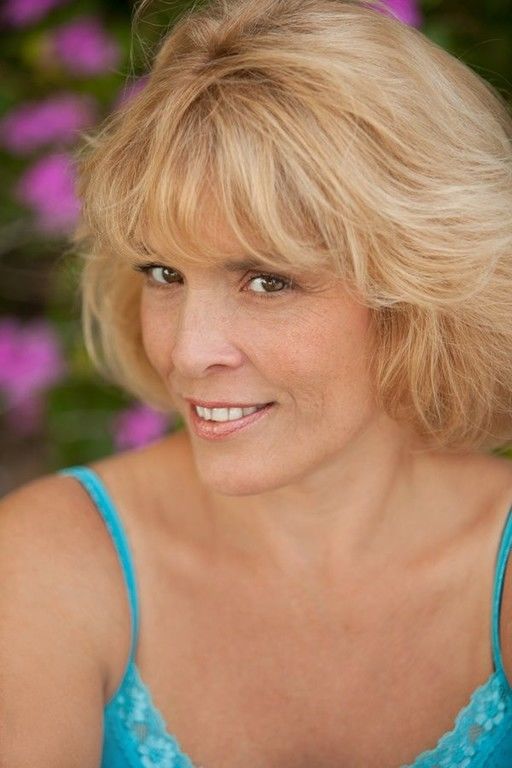Expo86 was thirty years ago this summer. I know that not just because I can do the math, but because my only daughter was born that year and I try to keep track of how old she is. It was also the year my father died, which is a story I shall tell shortly.
Today I got an email from Michael Walsh, a Vancouver journalist I haven’t heard from in years. Here’s what he wrote:
Good morning, Zale Dalen,
Attached for your interest (and amusement) is a link to my 1986 review of your Expo 86 film “See You in Saskatchewan”.
In the Afterword to the posting, I offer a brief summary of your filmmaking career and current activities. A link to The Zale Dalen Website is included.
If I’ve made any errors, please let me know and I will make the appropriate corrections.
All the best . . .
Well, blow me down as Popeye would say. What a surprise. Here’s what I wrote back:
Dear Michael:
I’m flattered by the attention,but a bit embarrassed to be given credit for conceiving the Saskatchewan film for Expo86.
While I was the director and editor, and involved in the script to the extent that I totally rejected the first draft and instigated a search for a new approach, brilliantly delivered by Carol Bolt who added the homesickness conflict to the story, the initial concept of a live performer interacting with the screen was given to me from the first discussion by Tony Westman who was working as the producer for Harvard Creative Services through the architectural firm that designed the pavilion. Everything is more complicated in reality, eh.
I will take credit for the wedding scene with the biker, shot under protest from the sponsor’s representative on set, for which I received the only crew ovation of my career. That was created spontaneously in a chain of motivations beginning with lousy weather.
Regrettably, I must also take the blame for not getting Uncle Roy to put a thoughtful pause in his line, which would have sold the joke.
Roy: Everything changes.
Terry: Mom and dad haven’t changed. You haven’t changed, Uncle Roy.
Roy: The rock changes. (thoughtful pause, which I failed to ask for) The people stay the same.
Such things haunt me to this day.
Other than that, I’m impressed with your research. Good to hear from you and thanks again for keeping my public persona alive.
Warmest regards
Zale
This unexpected attention has triggered all kinds of thoughts and memories. Expo86 was a great project for me, and a great success. In fact, if it had been a feature film instead of an Expo special project, I believe I’d be an A list director now. It was that successful. It was also a screamingly difficult project which I hope I managed to make look simple.
First of all was the concept. We were worried that a tiny living actor (in those days we called them, being female, actresses) could not compete with the huge glittering screen above her. We needn’t have worried. It turned out that humans are so much more interested in a living attractive woman than any artificial image that the only way she could get the audience to look at the screen was to direct their attention to it. Otherwise the eyeballs stayed glued to her.
To start with there was the script. Ken Mitchel had written the first version, which was the one I signed on to. I love Ken. He’s a great writer, and the writer of “The Hounds of Notre Dame”, my Saskatchewan feature. So we had a relationship. But Ken had given us an ending for the Expo movie that just didn’t work for me. His version ended in a tug of war. It was written very dramatically, and seemed powerful on the page. But I couldn’t find any reason to care which side one. Was it the old Saskatchewan versus modern Saskatchewan? No, it was just a tug of war at some nameless family reunion. A bunch of people pulling on a rope. I couldn’t see how I could make it work. (Now, oddly enough I think I can.)
So at my urging, the producer, Tony Westman, sent the project out for tender. Hey, writers, give us your approach to this. And Carol Bolt came through with the winning idea. The conflict was between our actor’s pride in doing her first job – telling us about her province – and her homesickness. That was a conflict I could get behind. Add Connie Calder’s “Wood River” to the mix and the emotional appeal was incredible.
Our other major worry was eyelines. Where do you have the actor on the screen look to give the impression they are looking at the living actress. Richard Leiterman, one of Canada’s greatest cameramen, and I made a special trip down to L.A. because we had heard that the Universal tour had a sequence where the guide interacted with a Hollywood icon on the screen. That turned out to be not so much of an interaction as a passing of the microphone. The tour guide handed us, the audience, over to Robert Cummings (If memory serves me.) who did a short segment before handing us back to the tour guide.
This brought up the concern that maybe they kept it simple because having a character on screen actually interact with a real live person wouldn’t work. This worry persisted right through to opening night.
When we got back from L.A., Richard and I went to the Saskatchewan pavilion, under construction on the Expo site. I climbed up on the scaffolding that would hold the big screen. Richard looked at me through his director’s finder to get some idea of where the actors should look to give the impression they were looking at somebody on the floor below me.
When I started working with the living actors to put the show together, that’s when the eyeline problem came home to roost. It turned out that putting our actor at the right spot for one side of the house would not work for the other side of the house. Every person in the audience saw a different eyeline for the actor on the screen. So I had to choreograph the actor to find the best compromise that would sell the connection between her and the actor on the screen to the majority of the audience. It was an exercise fraught with tension, but fortunately nobody that I know of complained about the illusion of connection failing.
The wedding scene that I alluded to in my response to Michael Walsh: Here’s how it went down. The script was calling for one of those idyllic weddings with beautiful people on a beautiful Saskatchewan landscape maybe with sheep wearing big bows present. But we’d been fighting the weather for the whole shoot. Saskatchewan was not looking good. It was looking overcast and gloomy. We had no latitude in the budget for delays. We had to shoot. And on the day of the wedding shoot, it was going to rain.
Okay, thought I, let’s rent a circus tent and put the wedding under cover. So we did. And then I got there and you couldn’t really tell there was a tent. It just looked weird. It didn’t look like it was raining, because the edge of the tent was above the frame line. So obviously we need to tell the audience that it is raining…
I open the scene on the patio, where we augmented the rain with a garden hose. The mother of the bride opens the door, and the camera tilts up to see her face as she makes one of those looks of disgust and holds her purse over her head against the rain before moving into the tent.
Now we have a wedding that is not going as planned. Let’s run with it. We had a gaffer working with us named Rodney Marrow. He looked like a biker sent by central casting. I asked him if he wanted to be in the movie. The representative of the sponsors objected, saying that the sponsors wouldn’t like it. I said we have scissors. If they really don’t like it we can cut it out.
So now the mother of the bride steps into the receiving line behind this big biker dude and taps him on the shoulder. “Rodney, your sister only gets married once in a lifetime. You could have worn some descent clothes.”
To which Rod replies “Mother, we’ve been through this a thousand times” before the camera moves on.
It was not what the sponsors expected of the movie, but I believe the audience could relate. It was the kind of thing that humanized our characters, and got a laugh. And it was the only ovation I’ve ever had from a crew. Though, come to think of it, maybe they were applauding Rod’s performance. Damn. Never thought of that before.
In 1986 my father was dying of lung cancer. I knew it was coming. I was afraid I wouldn’t be able to say all the things I needed to say to him, in the moment, so I wrote everything in a letter. Then I took the letter and read it to him.
After I read the letter and we talked, my father came out to the kitchen and we sat drinking tea the way we always had in my family. I realized that my father was never going to see the Saskatchewan film. But I had been involved in the writing, the directing, the editing, and directing the live performance that went with the movie. I knew the show from shot to shot, line by line, music cue to music cue. So I performed it for my father at his kitchen table, from fade in to fade out.
When I was finished, my father said, “Now I’ve heard from a real artist.” I helped him up, and walked him back to his bed in the living room.
I wanted to stay with my father, because the end was near. But I had a wife and children back in Gibsons and who could tell how long my father would linger. I said goodbye and headed for home. When I got back to my home in Gibsons, after the ferry ride, there was a message on my answering machine. My mother called to say that my father was gone.
1986. A hell of a year for me.
 Such was the case for me on The Edison Twins. The show had been going over budget, through no fault of anybody on the production end that I could identify. The scripts were just very ambitious. Each episode was given one day of prep and four days of shooting. Now the producers wanted to save some money by doing an episode in three days. How do you do that? Well, let’s get the writers to give us an episode that is all in one location so it can be “block shot”. This should mean that we save all the wrap time and moving time as we go from location to location. Sounds like a great idea, right.
Such was the case for me on The Edison Twins. The show had been going over budget, through no fault of anybody on the production end that I could identify. The scripts were just very ambitious. Each episode was given one day of prep and four days of shooting. Now the producers wanted to save some money by doing an episode in three days. How do you do that? Well, let’s get the writers to give us an episode that is all in one location so it can be “block shot”. This should mean that we save all the wrap time and moving time as we go from location to location. Sounds like a great idea, right.






